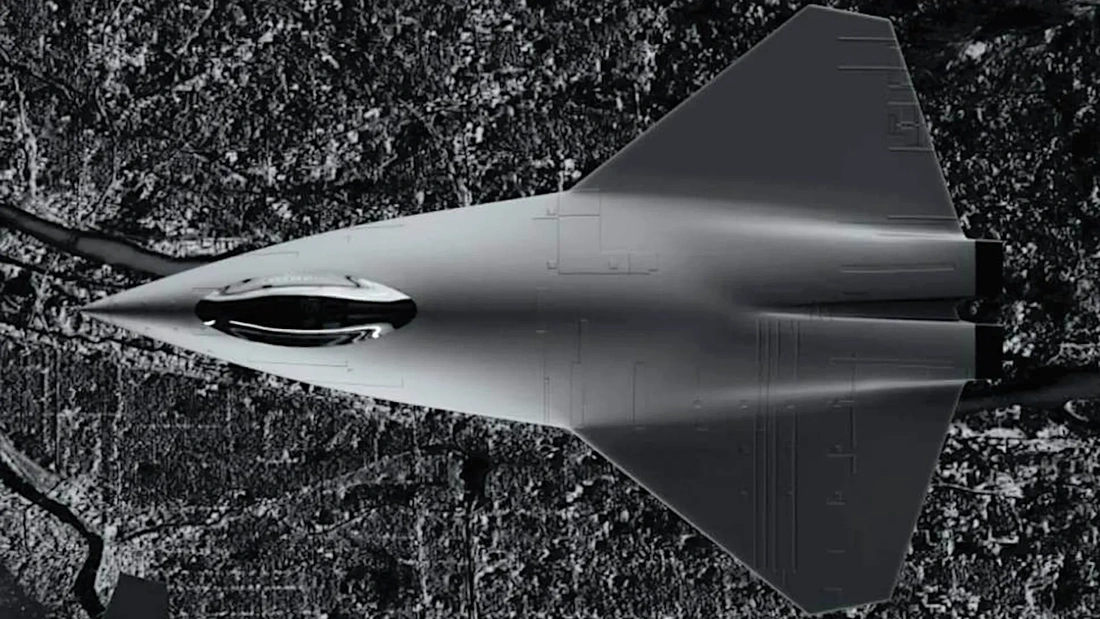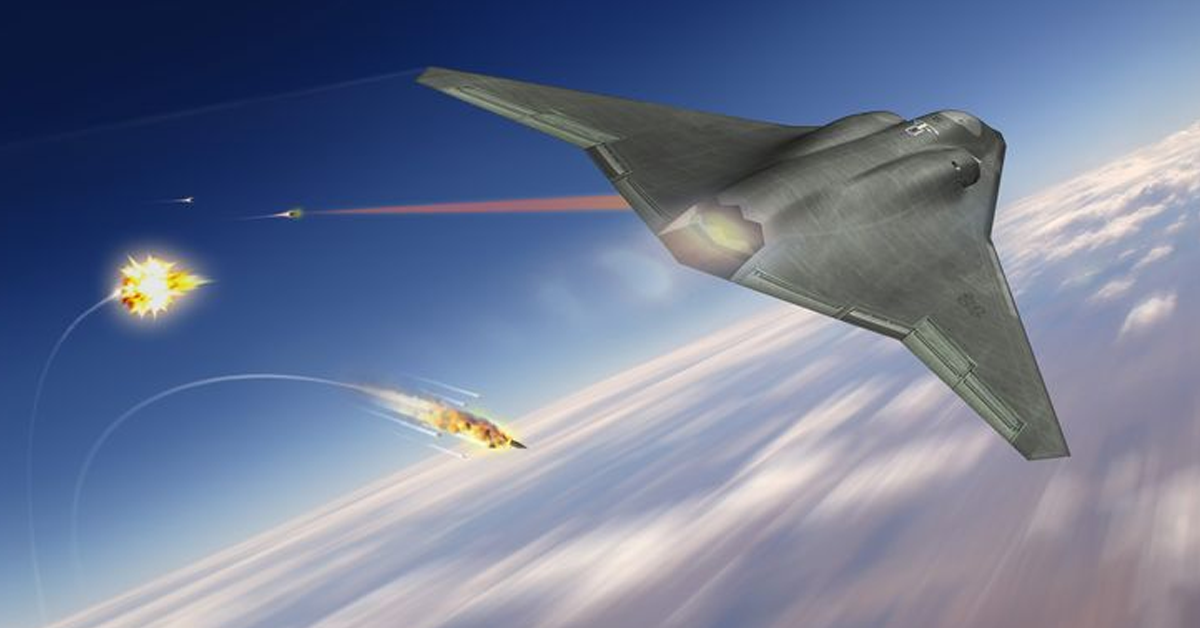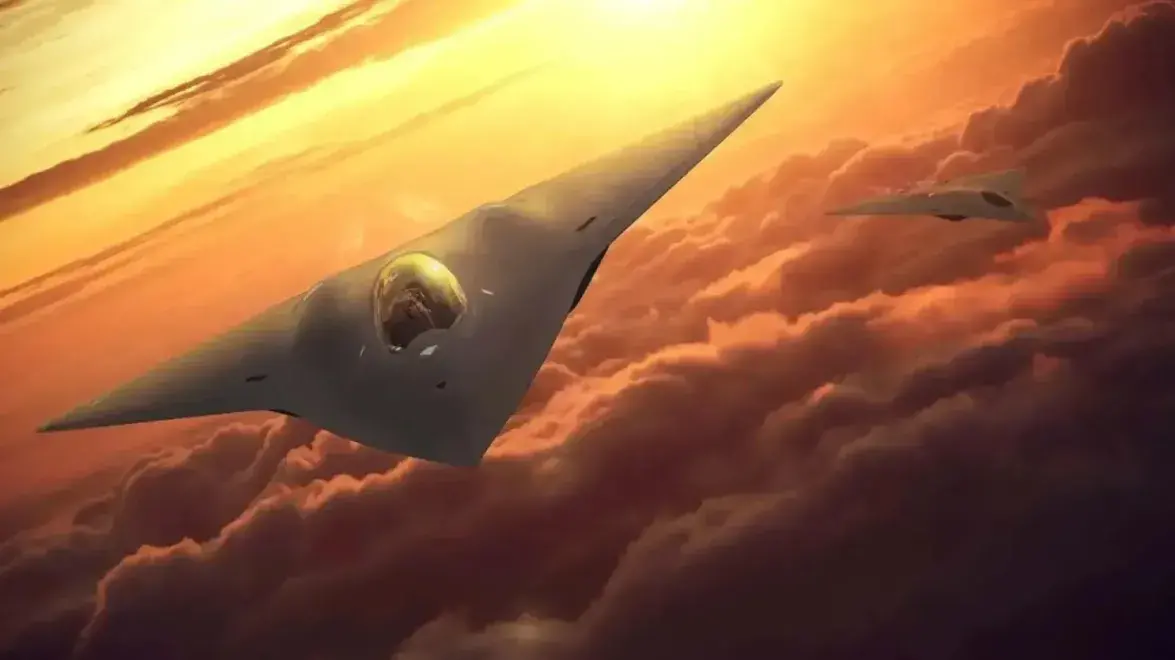|
In the biggest development for U.S. Air Force tactical air power in more than two decades, Boeing has been announced as the winner of the service’s Next Generation Air Dominance (NGAD) ‘fighter’ initiative. As the centerpiece of the NGAD effort, the new crewed sixth-generation stealth combat jet, now designated the F-47, is set to change air combat forever, with the Air Force hoping to begin fielding it in the next decade. Boeing and Lockheed Martin had been facing off to build the NGAD combat jet, but neither company had formally confirmed it was competing. Northrop Grumman dropped out of the bidding process on its own accord to focus on other opportunities. Just the fact that the fighter component of NGAD is moving forward at all is news as the program has been put on hold for the better part of a year, with concerns over cost and relevance being examined. The Biden administration punted the program to the Trump administration due to this ongoing uncertainty. The announcement was made personally by U.S. President Donald Trump in the Oval Office today, alongside Secretary of Defense Pete Hegseth and Air Force Chief of Staff Gen. David Allvin. The Engineering and Manufacturing Development (EMD) contract for NGAD is expected to be worth approximately $20 billion, although, across the life of the program, the company is in line to receive hundreds of billions of dollars in orders. Each copy of the jet, once series production commences, has been estimated in the past to cost upwards of $300 million. That is if the original concept for the aircraft has not changed. It’s worth recalling that, while the NGAD terminology is frequently used to refer to the crewed combat jet that will be at the center of the effort, the program of the same name is a much broader initiative. As such, it includes the development of Collaborative Aircraft (CCA) drones with high degrees of autonomy, as well as new jet engines, weapons, electronic warfare suites, sensors, networking ecosystems, battle management capabilities, and more. The NGAD combat jet program evolved from plans for what was originally referred to as a Penetrating Counter-Air (PCA) platform, which emerged publicly in the mid-2010s. The PCA concept was an outgrowth of previous work the Air Force had done in cooperation with the Defense Advanced Research Projects Agency (DARPA). That includes the Aerospace Innovation Initiative, which was publicly announced in 2015 and produced at least one classified flying demonstrator design. In contrast to previous fighter competitions, NGAD has been cloaked in secrecy from the outset. Indeed, for a long time, the Air Force didn’t even disclose which companies were in the running for NGAD. However, the likely candidates were always going to be Boeing, Lockheed Martin, and Northrop Grumman — the established heavyweights in terms of U.S. combat aircraft manufacturers. As noted, Northrop Grumman removed itself from the running for NGAD in July 2023, as you can read about here. The firm is also highly focused on fulfilling the high-stakes B-21 Raider contract. The three defense contractors are understood to have flown up to three NGAD demonstrators — possibly one from each company, although this, too, is unconfirmed. The fact that a full-scale flight demonstrator for NGAD had flown at all was first revealed back in September 2020. It’s also worth noting Lockheed Martin was reportedly recently dropped from the separate competition to build the U.S. Navy’s F/A-XX next-generation carrier-based stealth fighter, which is part of the service’s own (and somewhat confusingly named) NGAD effort. In contrast, Boeing has recently suffered some notable setbacks in both its commercial and defense businesses. Trump had previously slammed the company over its contract to build two new Air Force One planes, which are running behind schedule. In the context of NGAD, however, the company’s entire future as a fighter-builder could be at stake. Notably, the company announced back in 2023 that it was going to shutter the F/A-18E/F Super Hornet line and indicated it would refocus in part on advanced combat jet efforts. The firm has made significant investments in its St. Louis, Missouri, facility to prepare it for sixth-generation fighter production. Boeing — alongside Northrop Grumman — is still in the running for the Navy’s F/A-XX. As for tactical jet production, Boeing is currently building F-15 Advanced Eagles and the Air Force’s T-7 jet trainer and will be for foreseeable future. Lockheed Martin is already highly active in the fighter business, with its F-35 Joint Strike Fighter in production for three U.S. services and multiple foreign countries and with manufacture of the latest Block 70/72 versions of the F-16 also ongoing. It also continues to sustain the F-22 Raptor. Its Skunk Works advanced projects division is famous for pushing the technological envelope, especially when it comes to tactical airpower-related programs. Trump’s Air Force NGAD announcement comes at a time at which the President has been seeking to cut costs throughout the U.S. government, including slashing tens of billions of dollars from existing defense programs. NGAD has been of significant source of uncertainty over the past year, having been put on pause in July 2024 as the service reviewed its requirements amid concerns about the affordability of the aircraft, capability needs, and shifting priorities. Ultimately, it seems the service’s need for a sixth-generation fighter in a potential Indo-Pacific conflict secured the future of the program. Envisioned ostensibly as a successor to the F-22 Raptor stealth fighter, the NGAD combat jet was always intended to provide airpower capabilities sufficient to counter near-peer adversaries such as China and Russia. Although the fighter remains highly classified, it’s widely assumed to be tailored to counter future high-end fights in the Indo-Pacific theater, in particular.
“We tried a whole bunch of different options, and there was no more viable option than NGAD to achieve air superiority in this highly contested environment,” Air Force Maj. Gen. Joseph Kunkel, director of Force Design, Integration, and Wargaming within the office of the deputy chief of staff for Air Force Futures, said earlier this month.Once again, the NGAD combat jet is intended to work within a broader air combat ‘ecosystem’ — one in which Collaborative Aircraft (CCA) drones will play a critical part. The NGAD aircraft has always been envisioned as serving, in part, as a forward drone controller and otherwise operating closely together with companion drones. Reflecting the combat role of the CCAs, the Air Force recently announced new ‘fighter drone’ designations for the designs that General Atomics and Anduril are currently developing in the first phase, or Increment 1, of the CAA program. Boeing now joins these two companies as they set about completing the development of a new family of air combat systems for the Air Force. The only image we have of the newly minted F-47 design shows the design from a head-on perspective. While limited in what it shows, some major features are clearly visible. Most notable are the wings. We see a wing with a very high dihedral and downward swept tips. This immediately is reminiscent of Boeing’s famed Y-118G Bird Of Prey technology demonstrator that flew clandestinely out of Area 51 in the 1990s. Another loosely similar high-dihedral design has come into the picture more recently in the form of Scaled Composites’ Model 401 demonstrators. One positive aspect to this design element is that sensors and communications antennas on the bottom of the aircraft’s fuselage can maintain line-of-sight to targets even when the aircraft is banking at steeper angles. We also see a very broad, shovel-like nose, which could house a very large radar array, and a large bubble canopy. We don’t know how if the aircraft will feature one or two crew. We also see a single nose wheel. Beyond that, not much can be concluded, including the jet’s inlet configuration, although the fuselage appears notably svelte, at least from this angle. We will be updating this post with a full breakdown of what was said in the Oval Office presser very soon. Standby.
0 Comments
Leave a Reply. |
Send us an email at [email protected] if you want to support this site buying the original Division of Aero Patch, only available through this website!
All
|





 RSS Feed
RSS Feed